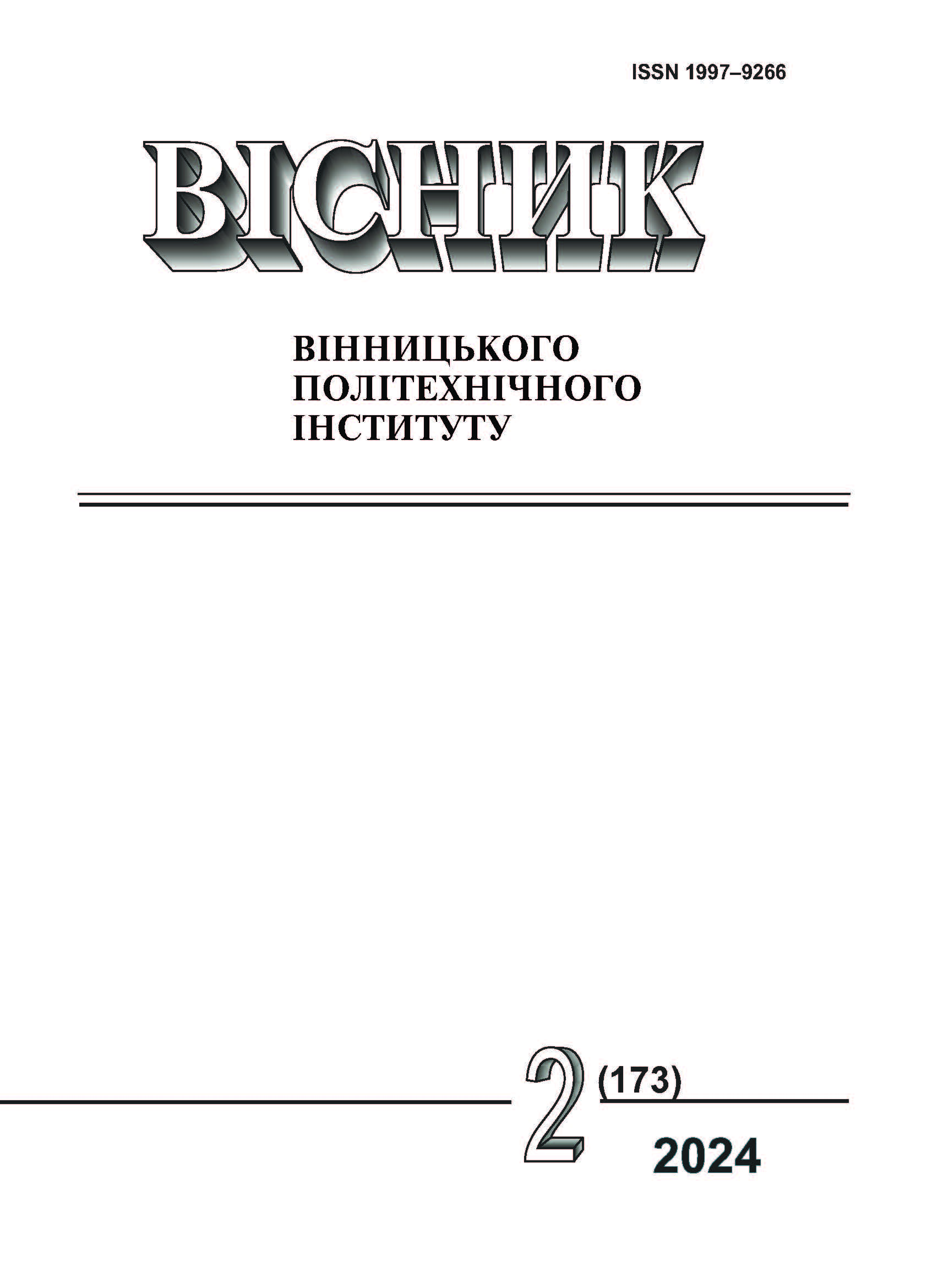Software Processing of Signals with Amplitude Modulation of Many Components
DOI:
https://doi.org/10.31649/1997-9266-2024-173-2-116-120Keywords:
amplitude modulation of many components, software signal processing, software defined radioAbstract
Software processing of radio signals, in particular SDR (Software Defined Radio) technology has great potential for research of various approaches to radio signal processing. This potential can be substantiated by the great adaptability and flexibility of SDR platform, the possibility of software reconfiguration of various radio parameters (frequency range, modulation scheme, etc.) without direct intervention into the component base of the radio system. Such features make it possible to experimentally test various concepts and ideas in practice. The article reviews the works of other authors devoted to different ways of using SDR as one of the main elements of the radio communication process or for solving the applied problems. Taking into account the advantages of SDR over purely analog methods of transmitting and receiving information via radio channels when using non-standard types of modulation, a variant of amplitude-phase modulation has been chosen, which is characterized by greater interference resistance in comparison with the widely used quadrature amplitude modulation — amplitude modulation of many components (AMMC). The coordinates of the 8-AMMC signal constellation were calculated and a model of the modulator and transmission channel has been created on their base. To implement the model of the receiving part of the telecommunication system, the one-dimensional convolutional neural network model proposed earlier by the authors was chosen. The proposed model was adapted to the GNU Radio environment and included in the receiving part as a separate information processing block. The procedure for inputting and outputting information in the model was improved for better interaction with other GNU Radio blocks. A hardware base supporting both GNU Radio and the TensorFlow library, which was used to form the neural network model, is proposed. The probability of correct acceptance of the symbol in the formed system is determined. A software-hardware implementation of the model of the receiving part of the telecommunications system is proposed, which is characterized by greater adaptability and flexibility compared to traditional AMMC signal receivers, which ensured an increase in the accuracy of receiving such signals.
References
C. P. Mallikarjuna Gowda, P. Prajwal, K. V. Bellad, V. Hima, and N. Suresh, “Design Implementation of FM Transceiver using Raspberry Pi and SDR,” Proceedings of International Conference on Technological Advancements and Innovations, ICTAI 2021, pp. 156-161. https://doi.org/10.1109/ICTAI53825.2021.9673253 .
L. Grundhofer, F. G. Rizzi, N. Hehenkamp, and S. Gewies, “Low Cost SDR Receiver for Medium Frequency R-Mode,” 2023 IEEE/ION Position, Location and Navigation Symposium, PLANS 2023, pp. 1208-1214, 2023, https://doi.org/10.1109/PLANS53410.2023.10140010 .
M. Harvanek, V. Derbek, J. Kral, M. Pospisil, and A. Povalac, “SDR Interference Emulator for RFID Applications,” 2021 31st International Conference Radioelektronika, RADIOELEKTRONIKA 2021, Apr. 2021.
https://doi.org/10.1109/RADIOELEKTRONIKA52220.2021.9420215 .
R. Yagoub, M. Benaissa, and B. Benadda, “Web Browser Based Real Time Spectrum Analyzer for RTL-SDR Dongles,” 2022 7th International Conference on Image and Signal Processing and their Applications, ISPA 2022 - Proceedings, 2022, https://doi.org/10.1109/ISPA54004.2022.9786029 .
K. Hussein, A. S. I. Amar, A. Zekry, M. Abouelatta, A. K. Mahmoud, and M. Mabrouk, “Design and Implementation of SDR Platform for Radar Applications,” 2023 International Telecommunications Conference, ITC-Egypt 2023, pp. 372-375. 10.1109/ITC-EGYPT58155.2023.10206266 .
D. Paik, S. Maheswari, M. Bhaskar, and M. R. Raghavendra, “Implementation of Wide band Satellite Telemetry Data Receiver using SDR and Matlab,” 2022 2nd Asian Conference on Innovation in Technology, ASIANCON 2022. https://doi.org/10.1109/ASIANCON55314.2022.9908701 .
A. Sankar, S. Darshan, K. M. Devika, Meera, B. Varghese, and P. R. Menon, “SDR based CCSDS Shaped Offset QPSK Modulator for Aerospace Applications,” in 2023 9th International Conference on Smart Computing and Communications (ICSCC), IEEE, Aug. 2023, pp. 184-189. https://doi.org/10.1109/ICSCC59169.2023.10335048 .
F. Radu, A. Timofte, A. Balan, and F. Sandu, “LTE Communications Using an SDR Platform,” 2020 13th International Conference on Communications, COMM 2020 – Proceedings, Jun. 2020, pp. 393-396. https://doi.org/10.1109/COMM48946.2020.9141979 .
N. Maletic et al., “SDR-based 60 GHz Solution for mmWave Applications: Implementation and Evaluation,” 2022 30th Telecommunications Forum, TELFOR 2022 - Proceedings, 2022, https://doi.org/10.1109/TELFOR56187.2022.9983690 .
І. В. Горбатий, «Нові різновиди модуляції в цифрових радіорелейних системах передавання,» Проблеми телекомунікацій, електрон. наук. журнал, № 2 (11), с. 44-55, 2013, [Електронний ресурс]. Режим доступу: https://pt.nure.ua/wp-content/uploads/2020/01/132_gorbatyy_modulation.pdf .
I. Tsymbaliuk, and I. Horbatyi, “Approach to processing radio signals with amplitude modulation of many components using one-dimensional convolutional neural network,” Eastern-European Journal of Enterprise Technologies, vol. 6, no. 9 (126), pp. 14-22, Dec. 2023. https://doi.org/10.15587/1729-4061.2023.292854 .
Downloads
-
PDF (Українська)
Downloads: 73
Published
How to Cite
Issue
Section
License

This work is licensed under a Creative Commons Attribution 4.0 International License.
Authors who publish with this journal agree to the following terms:
- Authors retain copyright and grant the journal right of first publication.
- Authors are able to enter into separate, additional contractual arrangements for the non-exclusive distribution of the journal's published version of the work (e.g., post it to an institutional repository or publish it in a book), with an acknowledgment of its initial publication in this journal.
- Authors are permitted and encouraged to post their work online (e.g., in institutional repositories or on their website) prior to and during the submission process, as it can lead to productive exchanges, as well as earlier and greater citation of published work (See The Effect of Open Access).





